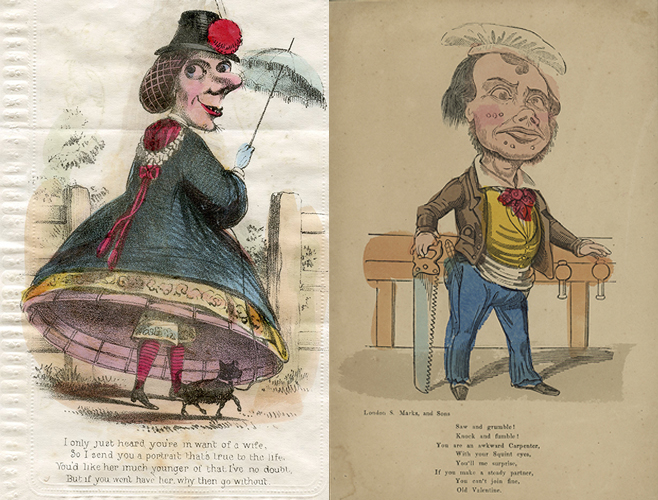News | Tuesday, 5th July 2022
Will England 2022 be the best Women’s Euros ever?
Dr Nicolas Scelles explains why competitive balance is key to a successful tournament

By Dr Nicolas Scelles, Senior Lecturer in Sports Management at Manchester Metropolitan University Institute of Sport.
The UEFA Women’s Euro 2022 championships will begin tomorrow (July 6) as England take on Austria at Old Trafford in Manchester.
This will be the 13th edition of the women’s tournament, 38 years after the first one in 1984. Since then, women’s football has dramatically developed in Europe in terms of popularity, investment and the structure of the game.
This is similar to trends in other continents and worldwide. This growth is studied as part of an increasing academic focus on women’s football, women in football and more generally women’s sport and women in sport.
In Europe, the development of women’s football resulted in an increase in the number of national teams taking part in the UEFA Women’s Euros, from four in 1984 to 16 since 2017.
The tournament will also have links to Manchester Metropolitan, with England star Lauren Hemp, who studied at the University, likely to feature.

In economic terms, more national teams should lead to more markets being interested in the competition. However, if these additional national teams are of a low sporting standard, this can deteriorate the sporting quality of the competition.
It is this concept of competitive balance that can help us determine the optimal number of teams and capture the overall quality of the competition.
Competitive balance
Competitive balance is a core concept in sports economics and a key topic for the present and future of football. It assumes the need for sporting balance between teams to generate an uncertainty in the outcome, which ultimately attracts fans.
The concept is usually measured based on the sporting tables of domestic leagues at the end of the season. However, in competitions such as the UEFA’s Euros or Champions League, competitive balance can be measured at a match level.
If we consider an intra-match approach – the competitiveness in a single game – a football match can be considered balanced as long as the difference between the teams is no more than one goal. As a result, we can determine competitive balance of an entire UEFA Women’s Euro championships by calculating the percentage of game-time across all matches where the difference between teams did not exceed one goal.
Given the continuous investment in women’s football from UEFA and its national associations, it can be expected a further improvement in competitive balance for UEFA Women’s Euro England 2022.
If all teams are matched closely in competitiveness, we would expect the percentage to be close to 100%. However, the larger the sporting differences between teams, the lower this percentage will be.
In the case of UEFA Women’s Euros, the development of women’s football in Europe over time should lead to a better competitive balance. However, this may have been counterbalanced by increasing the number of teams taking part, leading to the addition to new nations with a low sporting standard.
Evolution of the UEFA Women’s Euros
In the first edition of UEFA Women’s Euros in 1984 and up until 1995, four teams took part in the final tournament. The competitive balance was between 83% (in 1993) and 100% (in 1984) of game-time with a difference between teams not exceeding one goal.
From 1997 to 2005, eight teams took part in the final tournament. The competitive balance was still high in 1997 (81%) and 2001 (83%) but declined in 2005 (72%), with Germany (champions for the fourth time in a row) being particularly strong that year.
The number of teams grew to 12 in 2009 and 2013. Despite this increase having the potential risk of including teams of a low sporting standard, competitive balance increased to 79% in 2009 and 85% in 2013.
Finally, with 16 teams in 2017, competitive balance further increased to 87%.
What can this tell us about England 2022?
This data shows us that competitive balance decreased when the Women’s Euros moved from four teams to eight teams from 1997. However, competitive balance then increased when the tournament moved to 12 teams in 2009 and even further when it moved to 16 teams in 2017.
The reason for this increase may be that the development of women’s football started to spread across more countries in Europe after the mid-2000s and even more in the 2010s.
Given the continuous investment in women’s football from UEFA and its national associations, it can be expected a further improvement in competitive balance for UEFA Women’s Euro England 2022.
It is of course almost impossible to do as well as the very first edition in 1984 with 100% of game-time with a goal difference between teams not exceeding one goal. However, the 1984 edition had only four teams and six matches, meaning it is difficult to consider it as the best Women’s Euros ever since it was so limited.

By contrast, England 2022 will see 16 teams competing across 31 matches, similar to the 2017 edition. If competitive balance has increased since 2017, it could be close to, or even higher, than the average seen when only four teams took part across six matches.
This would certainly qualify UEFA Women’s Euro England 2022 to be considered as the best UEFA Women’s Euro ever. For now, we can enjoy the tournament before looking back and analysing the competitive balance.
The data used in this piece are part of a research project on the comparison between UEFA Women’s and Men’s Euros over time. A communication was presented at the Reading Online Sport Economics Seminar (ROSES) on 18 March 2022. The video is available here.




